In an increasingly connected age, access to the internet for travellers is more important than ever. Just to be able to get by in a new city or country, you’ll immediately need access to a map that requires internet. Pulling up details of the accommodation you’ve booked? You need a reliable connection to the internet.
This blog is intended to provide insight into how consumers use the Internet and their data abroad and to show that eSIM is a viable option for the Internet for travellers.
Importance of the internet for travellers
The internet has had a massive impact on the way people travel. In the past, travellers had to rely on travel agents, guidebooks, and word-of-mouth to plan their trips.
But today, with the internet at their fingertips, travellers have access to a wealth of information about destinations, activities, and accommodations. According to a survey by HighSpeedInternet, 81% of travellers consider internet access essential or very important when choosing their travel destinations.
This has led to several changes in the way people travel. Not only are users using their smartphones for travel information, but they can also book flights, hotels, and tours online with just a tap of a button. Statista reports that global mobile travel sales are projected to reach$1.1 trillion by 2027. On top of this, travel app bookings in 2022 grossed $798 billion in booking volume.
To boot, social media has had a massive effect on the travel industry, to the point where many travellers or tourists have chosen a destination or attraction based on how “Instagrammable” the pictures will be or from a recommendation on TikTok.
Nearly 1 in 3 travellers turn to social media for holiday inspiration, with 60% of Gen Z and 40% of millennials using social media for travel purposes. Instagram was the most popular source of travel ideas (cited by 40% of the participants), followed by Facebook (33%) and TikTok (25%)
Challenges Faced by Travellers Regarding Internet Access
Accessing the internet while travelling abroad can be a challenge, for a number of reasons. Some of the most common difficulties travellers face:
Language barriers
If you’re travelling to a country where you don’t speak the language, it can be difficult to navigate websites and apps that are not in your native language. A study by Booking.com found that a language barrier can hold 28% of respondents back from planning a trip, while 20% are nervous about getting lost without speaking the local language.
Furthermore, 84% of respondents expressed the opinion that learning a local language was somewhat important or very important, according to a survey conducted by the Ling App.
Connectivity issues
Not all countries have the same level of internet connectivity, and even in countries with good connectivity, you may experience outages or slowdowns. HighSpeedInternet found that 84% of respondents are less likely to book a hotel room or Airbnb if online reviews showed the accommodation had poor internet or no internet at all.
Data charges
Depending on your operator and the country you visit, you may be charged high fees for using data abroad. According to Statista, Israel has the cheapest rate for 1GB of data at $0.04 compared to Saint Helena has the most expensive rate at $41.06.
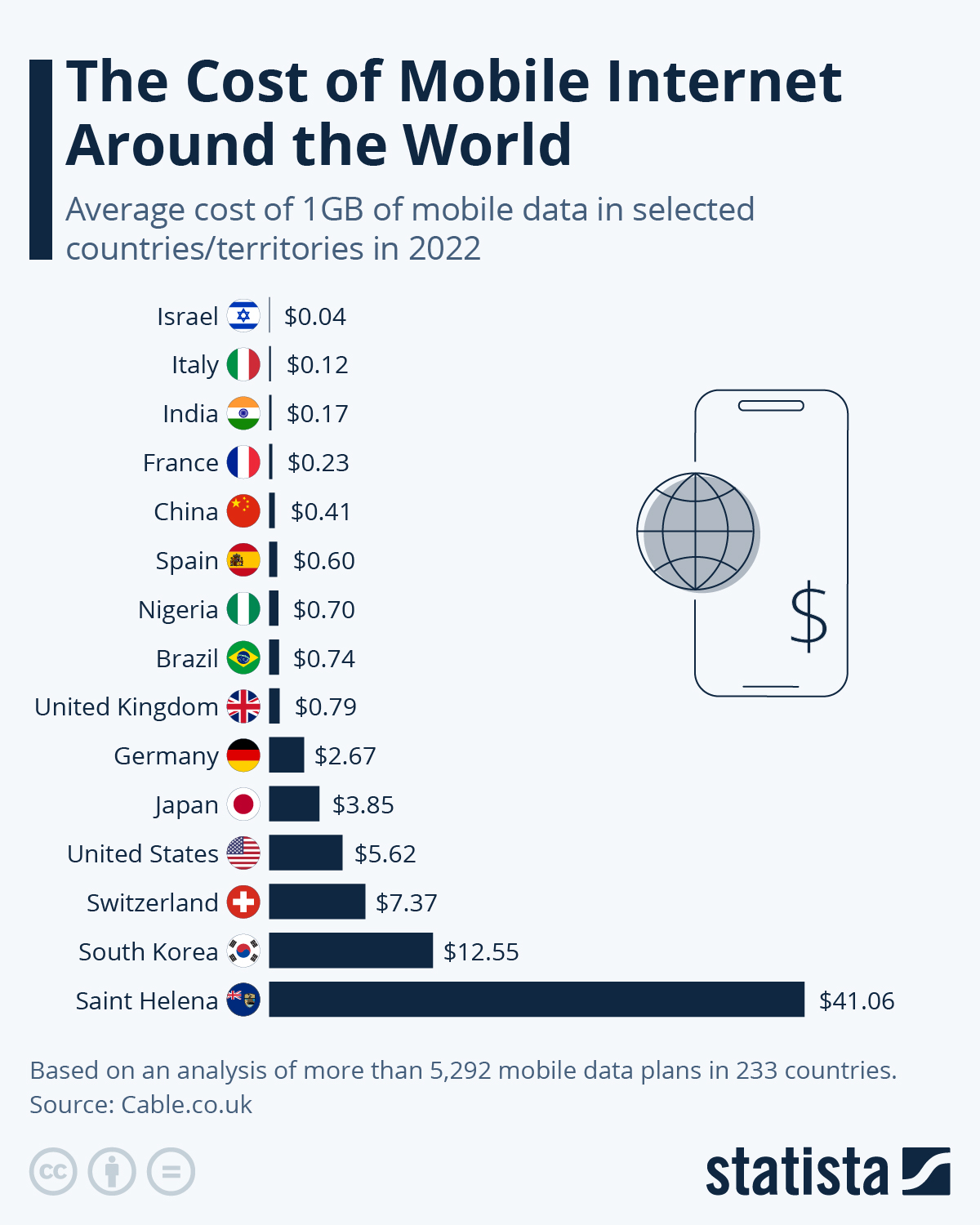
Security risks
Public Wi-Fi networks are widely available but can come with unwanted security risks. Forbes found that 40% of respondents had their information compromised while using public Wi-Fi and the majority had their information compromised whilst using an airport or restaurant public Wi-Fi.
Methods and Tools for Accessing the Internet Abroad
There are a number of different methods and tools available to travellers for internet access. Here is a comparison of some of the most popular options:
Wi-Fi hotspots
Wi-Fi hotspots are a convenient way to get online while travelling. They are often available in hotels, cafes, and other public places. However, the quality of Wi-Fi can vary, and you may not always be able to find a hotspot when you need one.
Following a report by Verified Market Research, the Wi-Fi Hotspot Market size was valued at $2903.63 million in 2019 and is projected to reach $9512.55 million by 2027, growing at a CAGR of 17.25% from 2020 to 2027, making it one of the most popular methods for travellers to access the internet.
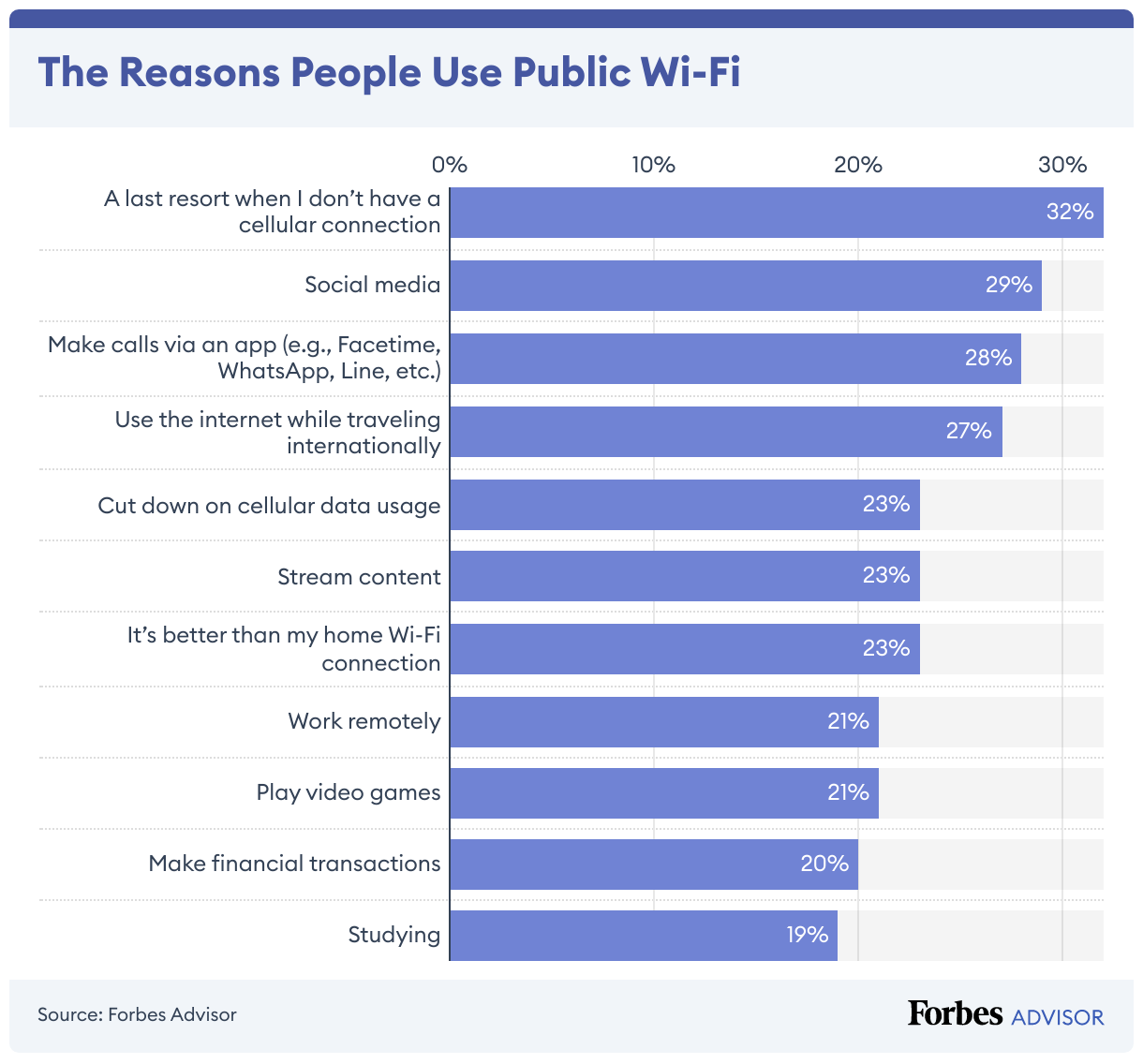
Local SIM cards
SIM cards are a more reliable way to get internet access while travelling. They allow you to connect to the local network, which is usually faster and more secure than Wi-Fi.
However, SIM cards can be expensive, and you may need to buy a new one for each country you visit. The main criteria to be able to buy and use a local SIM card is whether your smartphone is unlocked since many smartphones, especially if purchased using a monthly payment plan with an operator, are often locked to that specific operator network.
Portable Wi-Fi routers
Portable routers are a good option for travellers who need to share their internet connection with others. They allow you to connect to the internet via a SIM card or Wi-Fi, and then share the connection with your devices.
Portable routers can be expensive, but they can be a good investment if you travel frequently. The global mobile hotspot router market size reached $ 6.4 Billion in 2022, which goes to show the popularity of portable routers.
Roaming
The final option that many travellers use is roaming. Roaming charges are additional fees that mobile phone users may incur when using their devices outside their home network’s coverage area. This connection comes with extra costs, and you may be charged for making calls, sending messages, or using data while roaming. These charges can quickly add up, so it’s essential to be aware of them when using your phone in another country or area.
The global roaming tariff market size was valued at $72.65 billion in 2022 and is expected to expand at a compound annual growth rate (CAGR) of 6.0% from 2023 to 2030.
Popular Activities Conducted by Travellers Online
In addition to staying connected with friends and family back home, travellers use the internet for a variety of activities while travelling abroad. Here are some of the most popular activities:
Social media
Travellers use social media to stay connected with friends and family back home, share photos and videos of their travels, and connect with other travellers. Not only this, an estimated 72% of people post photos on social media whilst travelling, according to WebFX
Navigation apps
Navigation apps are often used by travellers to find their way around new cities and countries. These apps can be especially helpful in countries where public transportation is not well-developed or where English is not widely spoken.
Google reports that 77% of people turn to navigation apps regularly and more than a billion people actively use Google Maps every month. And following a data.ai Intelligence report, there was a 2% YoY increase in Transportation & Navigation app downloads.
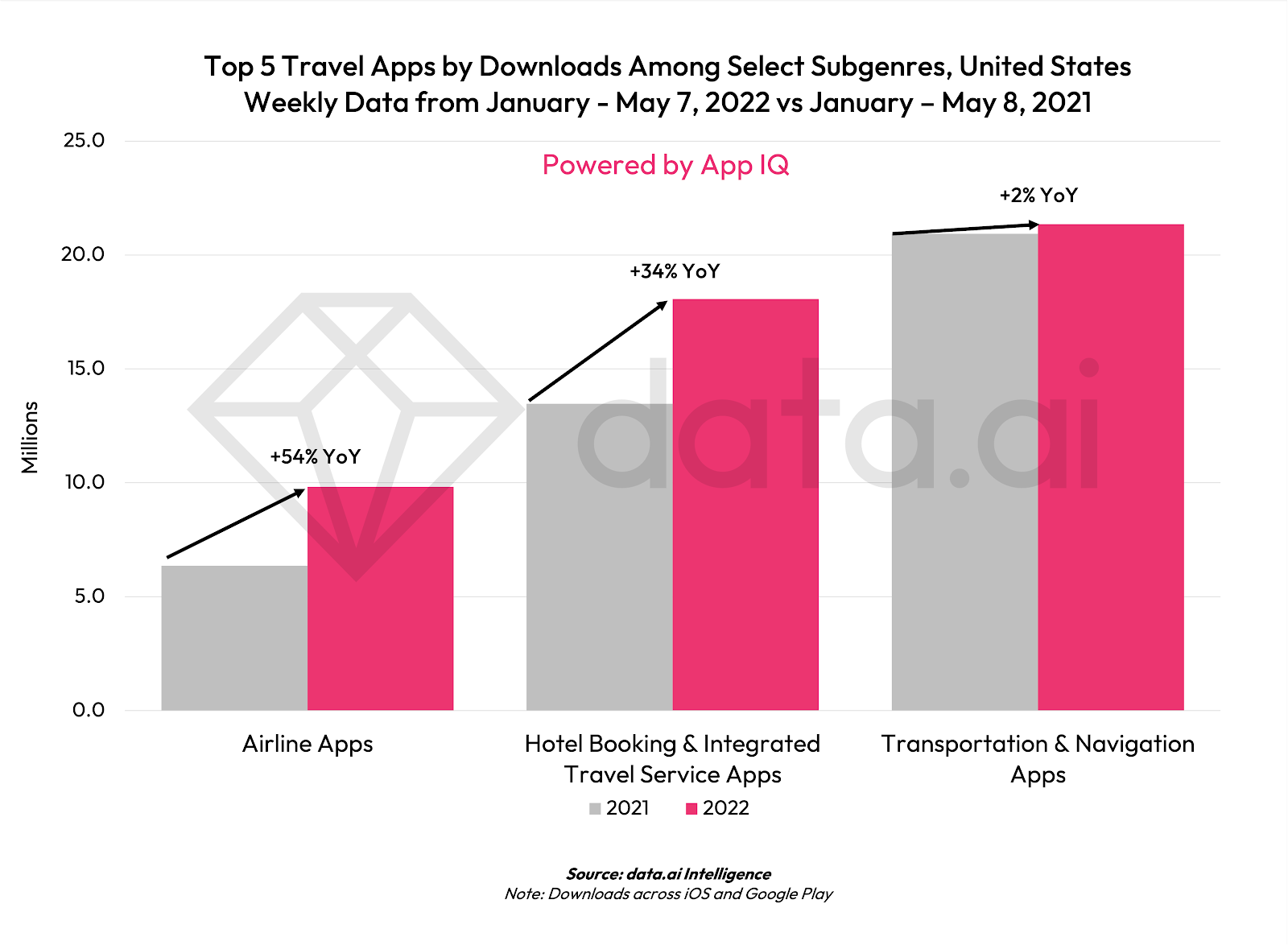
Local information search
The Internet is often used to research local attractions, restaurants, and businesses. This can be a great way to find hidden gems and avoid tourist traps. According to a recent report by DataReportal, 59.3% of respondents’ main motivation for using the Internet is to find information.
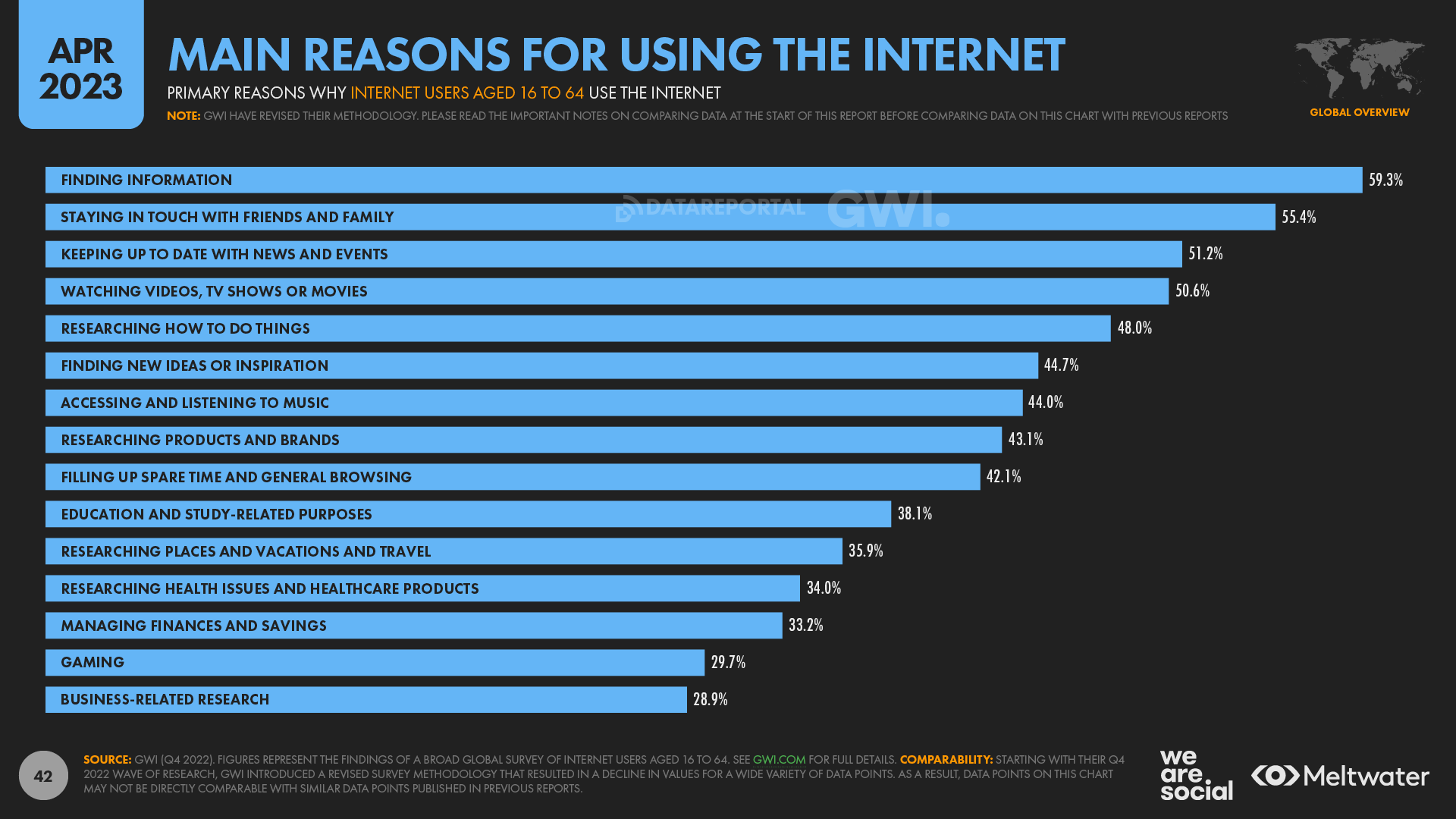
Online booking
Travellers use the Internet to book flights, hotels, and other travel arrangements. This can save time and money, and it can also give travellers more flexibility. A report by Resonance found that 47% of millennials prefer booking through particular hotel, resort, and airline websites, while 64% prefer booking through travel websites.
Entertainment
Whilst abroad, travellers use the internet to watch movies, listen to music, and play games. This can be a great way to relax and unwind after a long day of exploring.
An article from Deloitte reports that 55% of Generation X, Boomers and Matures enjoy watching TV shows or movies more than others, compared to the 30% of Gen Z and Millennials. Furthering this, Netflix is responsible for 14.9% of global internet traffic, followed by YouTube at 11.6% according to a report by Sandvine.
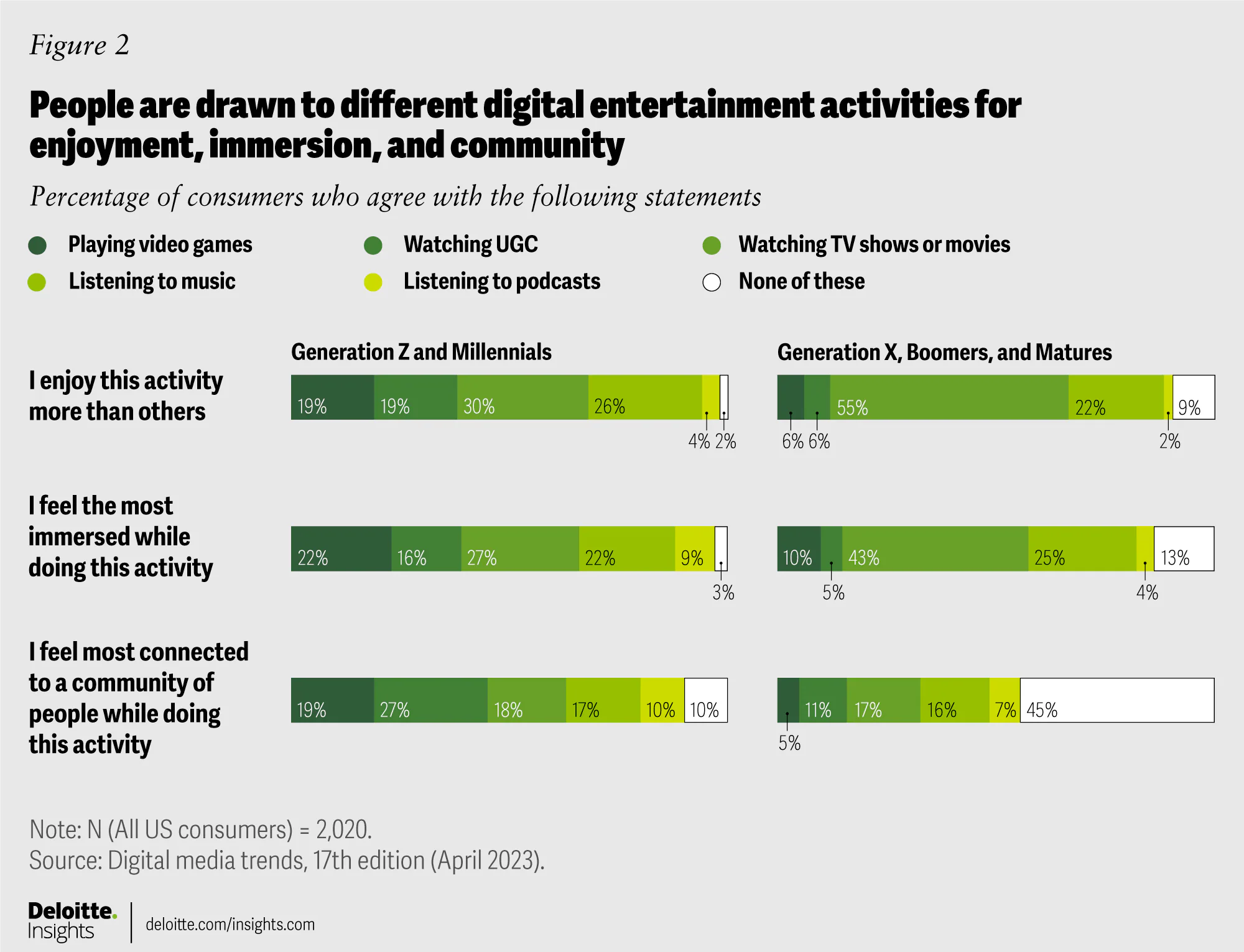
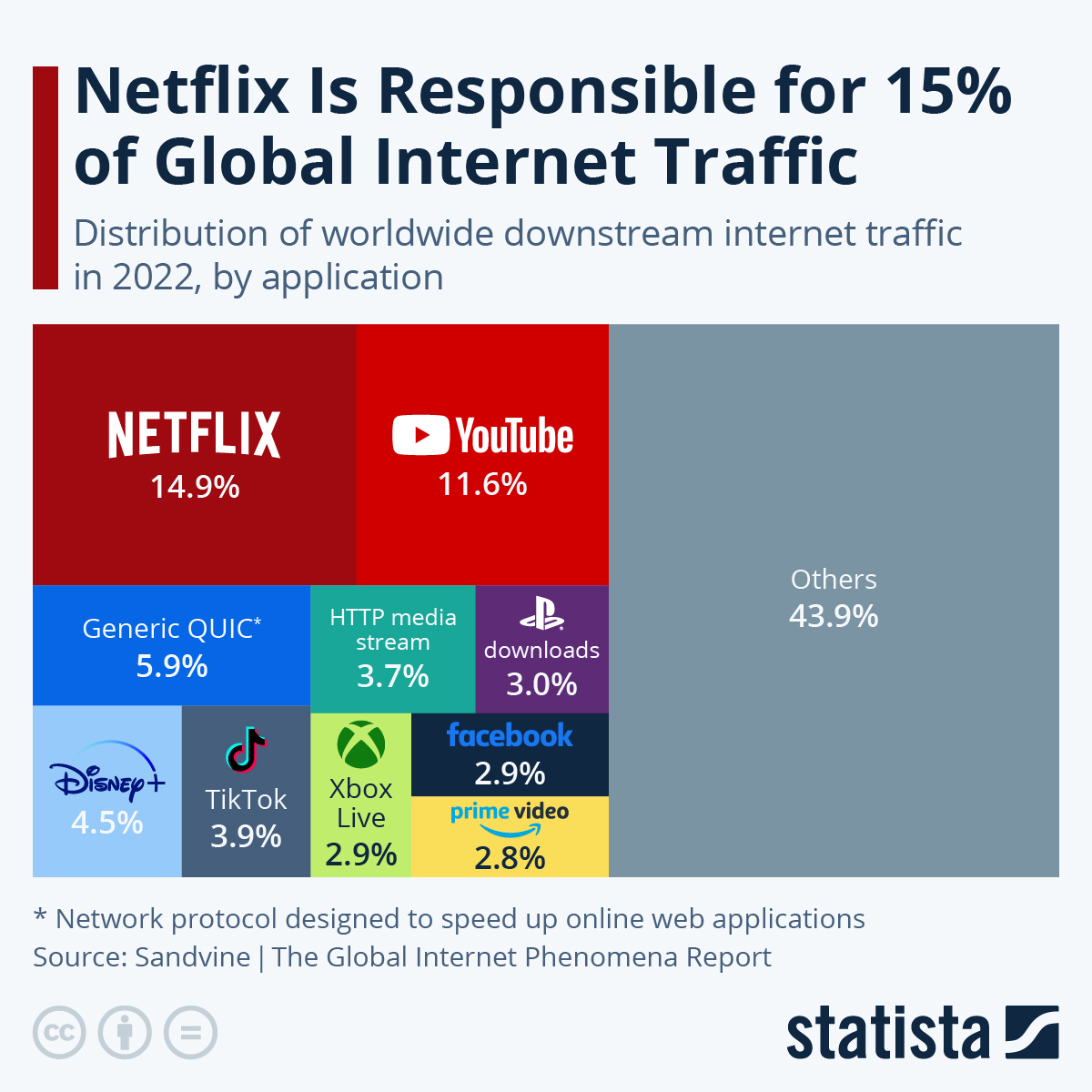
Future trends in the internet for travellers
The travel industry is constantly evolving, and one of the most exciting new technologies on the horizon is Embedded Connectivity. Embedded Connectivity is the ability to connect devices to the internet without the need for a physical SIM card, i.e., eSIM and without the need to be a mobile network operator. This technology is steadily growing in popularity and has the potential to revolutionise the travel industry.
There are many benefits to using Embedded Connectivity in the travel industry to support the internet for travellers. For one, it can make it easier for travellers to stay connected while they’re on the go. With eSIM, travellers can easily access the internet, check their email, and use their favourite apps without having to worry about finding a Wi-Fi hotspot. This can be especially helpful in countries where public Wi-Fi is not reliable or secure.
Another benefit of eSIM is that it can help travellers save money. With Embedded Connectivity, travellers can purchase data plans that are specific to their needs. This can save them money on roaming charges, which can leave end users with a hefty bill at the end of a trip.
Finally, Embedded Connectivity can help improve the customer experience. When travellers can stay connected and use their devices seamlessly, they are more likely to have a positive travel experience. This can lead to repeat business and increased customer satisfaction.
How to embed connectivity?
Mobilise’s Embedded Connectivity SDK is the perfect solution for service providers in the travel industry looking to expand their product portfolio and open new a new revenue stream. Connectivity used to be limited to telecom companies, but now with Embedded Connectivity, you don’t have to be a telecoms network provider to offer your customers mobile connectivity.
Our eSIM SDK is a “drop-in” solution that can be easily integrated into an existing app with no customisation required, to give your customers connectivity solutions whenever and wherever they need it. Featuring in-app eSIM activation and reliable global data coverage supporting 4G, Embedded Connectivity allows your customers to stay connected to the internet via your app with the tap of a button.
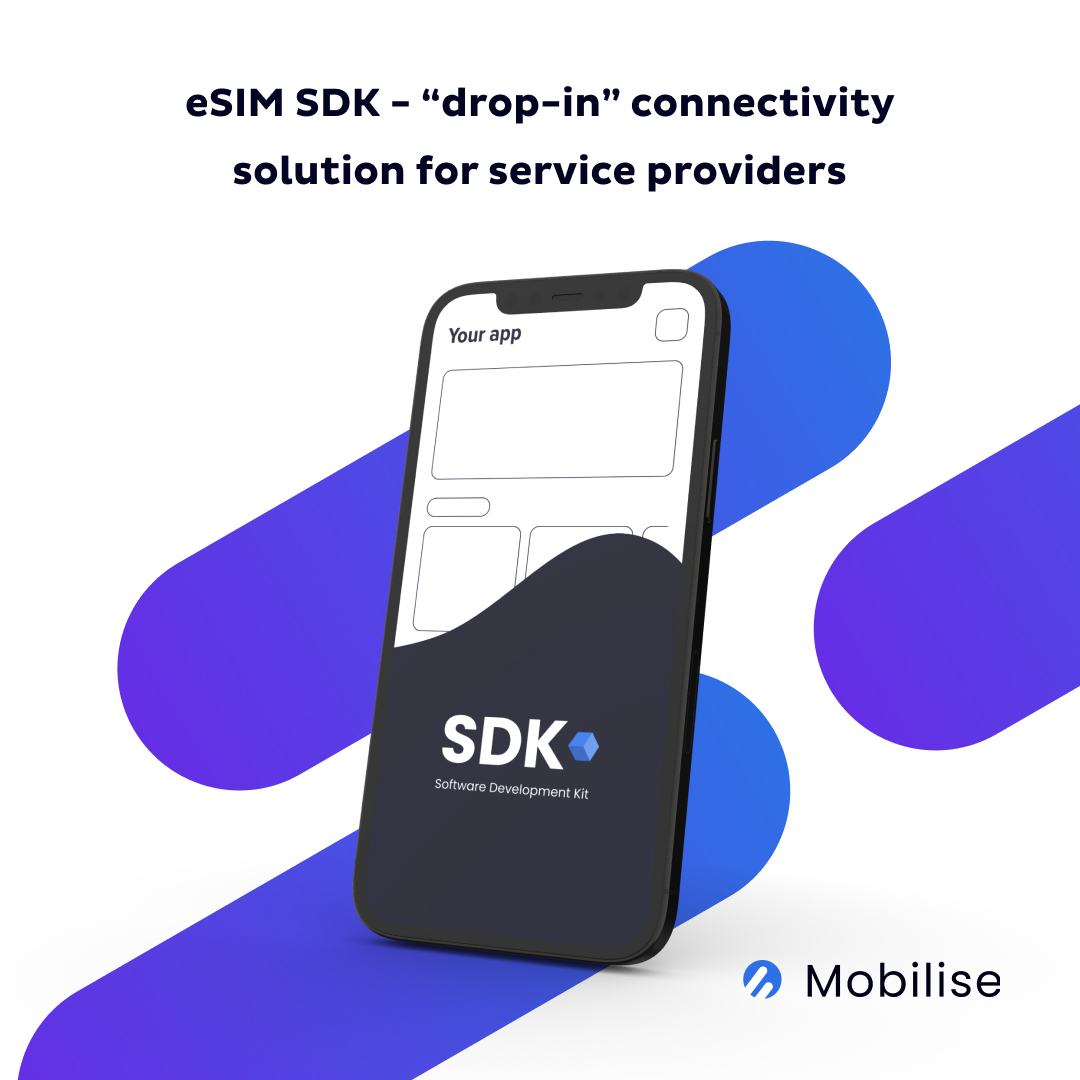
Conclusion
Internet for travellers is rising in popularity and is exacerbated more by the frequent use of social media, entertainment apps and websites. While there are multiple different options for travellers to be able to access the internet abroad. More often than not, they come with more hassle and drawbacks than what is necessarily wanted. Due to the rising popularity of eSIM usage and connections, the future of internet access is looking like it’ll be dominated by eSIM sooner rather than later due to the many benefits it poses to both Service Providers in the travel industry and to travellers.
However, for the travel industry to be able to keep up with the change in technology trends with consumers, it’s safer to act now rather than later.
To find out more about Mobilise’s eSIM SDK click here, or click here to contact us today!



